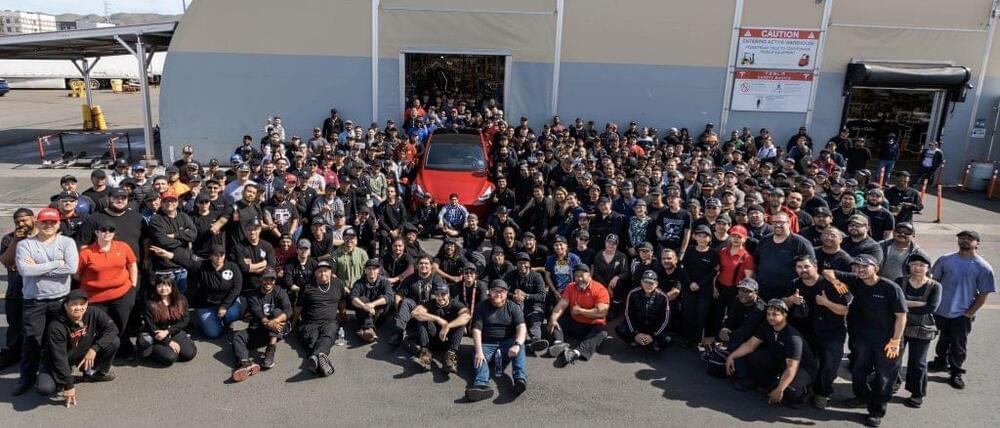Trial also will test pausing immunosuppressive medication to improve antibody response.
The National Institutes of Health has begun a clinical trial to assess the antibody response to an extra dose of an authorized or approved COVID-19 vaccine in people with autoimmune disease who did not respond to an original COVID-19 vaccine regimen. The trial also will investigate whether pausing immunosuppressive therapy for autoimmune disease improves the antibody response to an extra dose of a COVID-19 vaccine in this population. The Phase 2 trial is sponsored and funded by the National Institute of Allergy and Infectious Diseases (NIAID), part of NIH, and is being conducted by the NIAID-funded Autoimmunity Centers of Excellence.
“Many people who have an autoimmune disease that requires immunosuppressive therapy have had a poor immune response to the authorized and approved COVID-19 vaccines, placing these individuals at high risk for the disease,” said NIAID Director Anthony S. Fauci, M.D. “We are determined to find ways to elicit a protective immune response to the vaccines in this population. This new study is an important step in that direction.”








